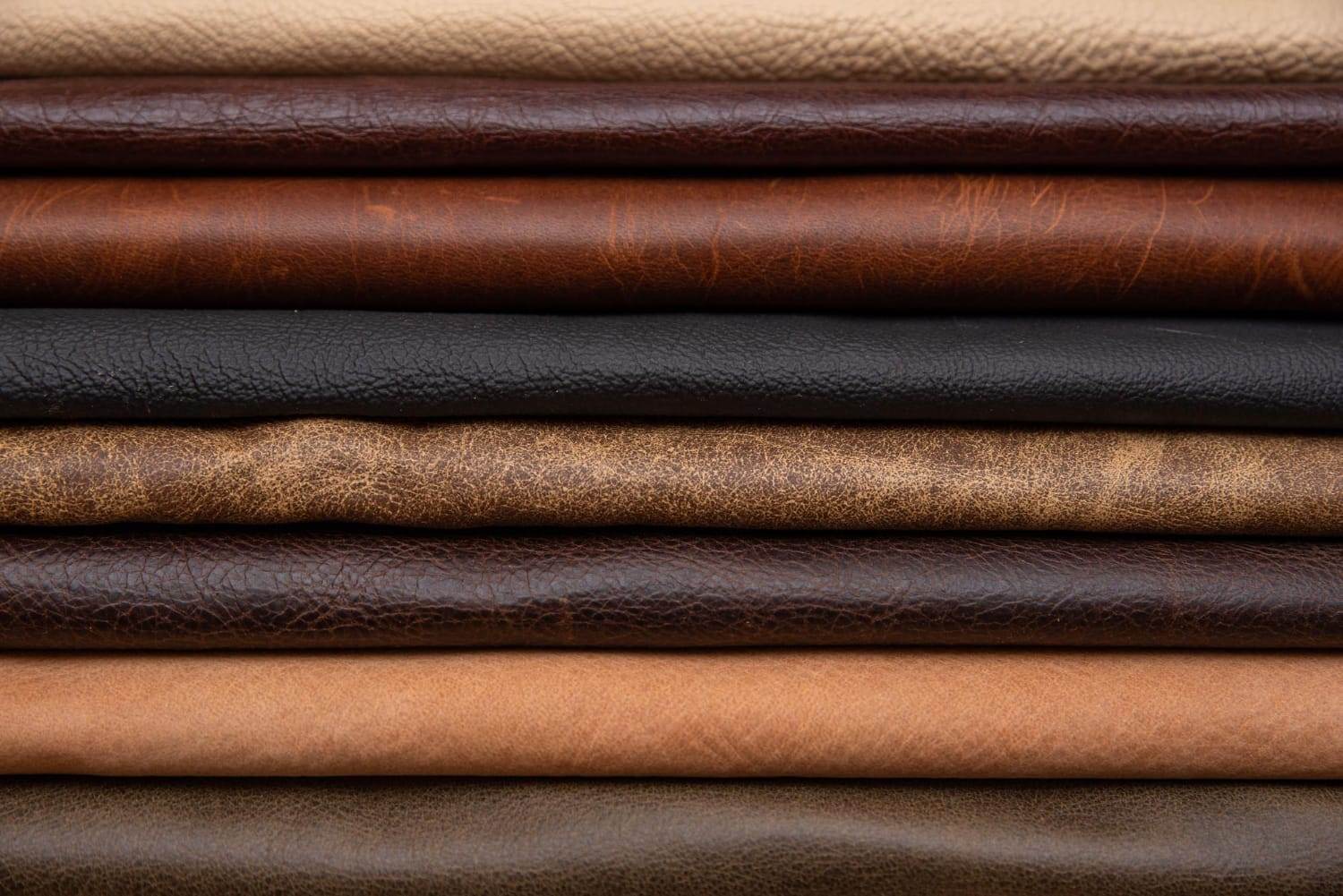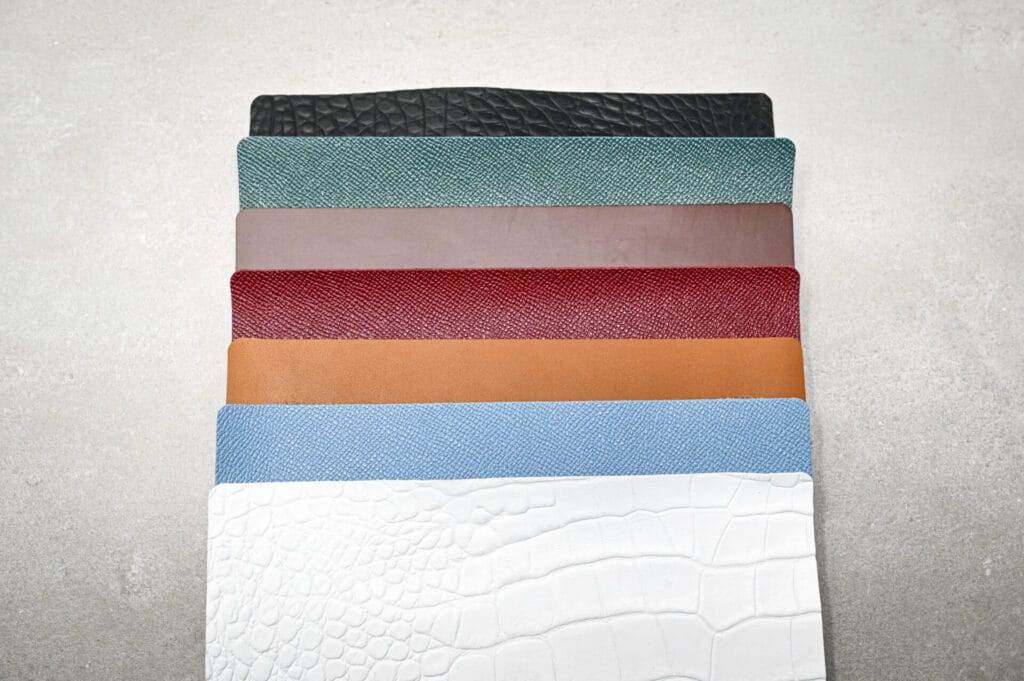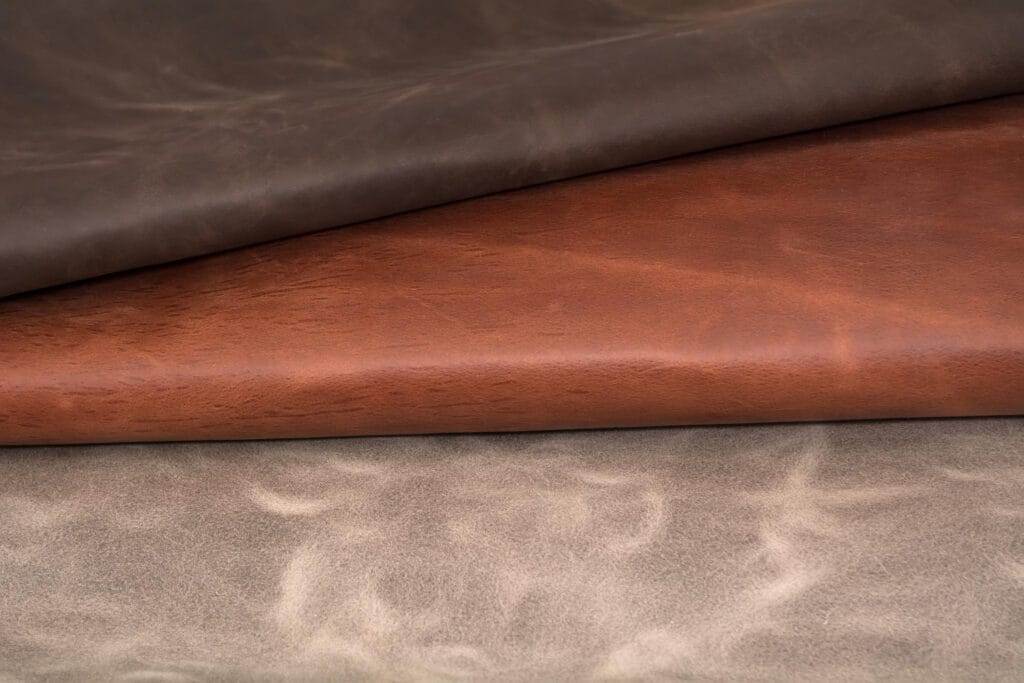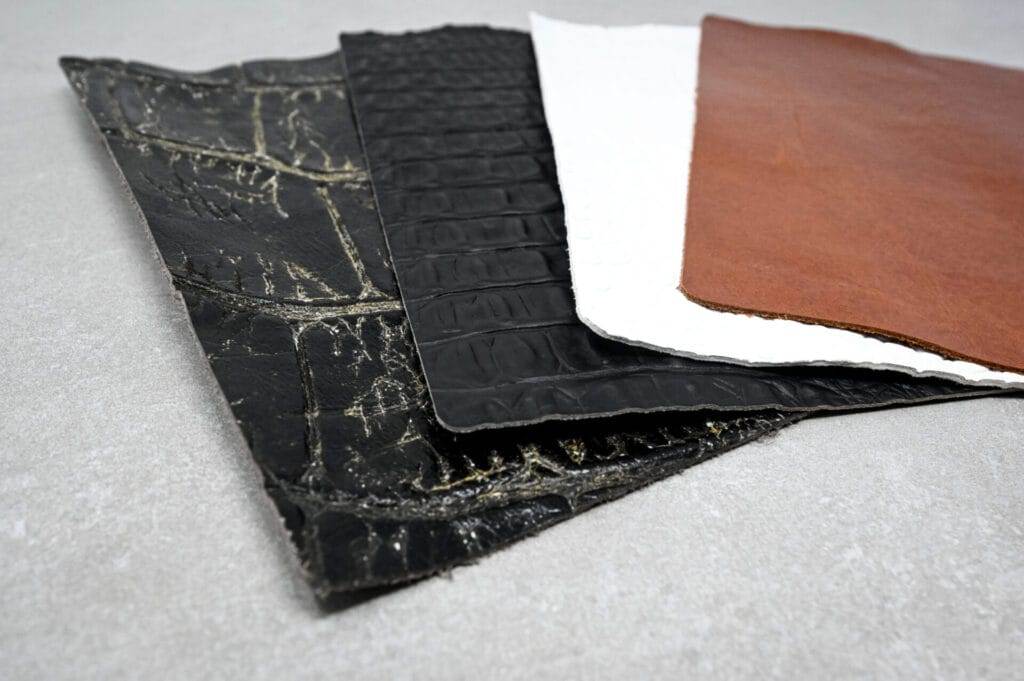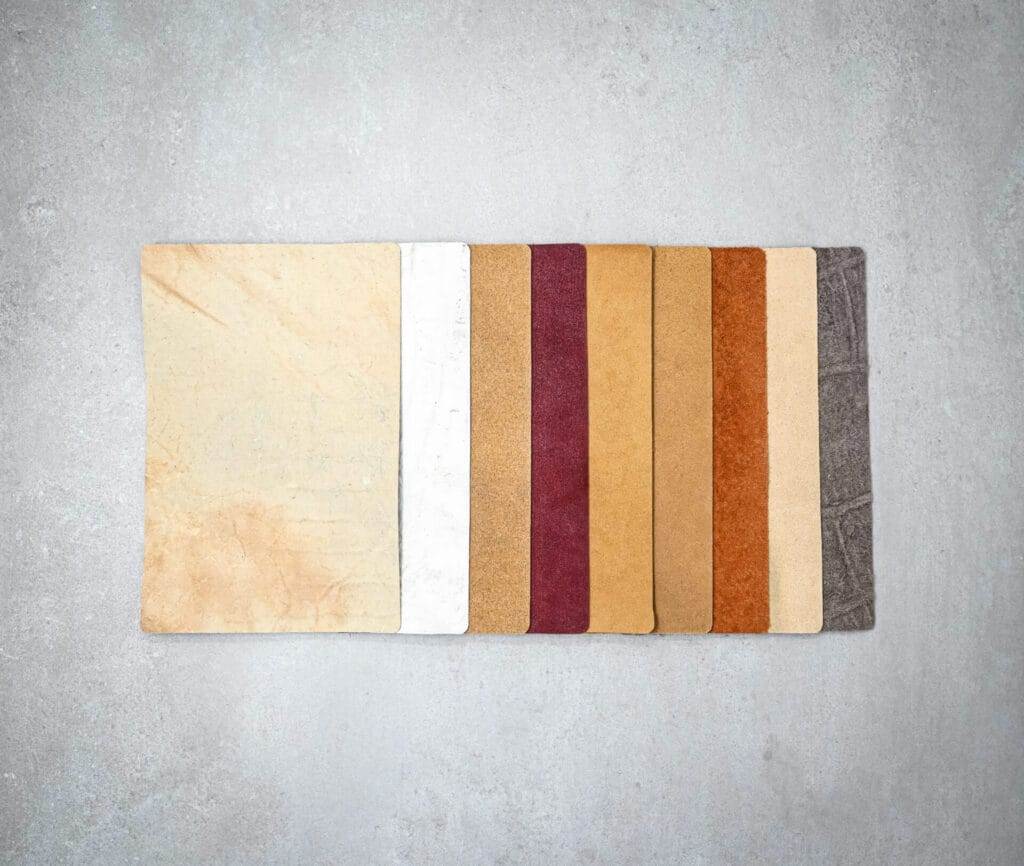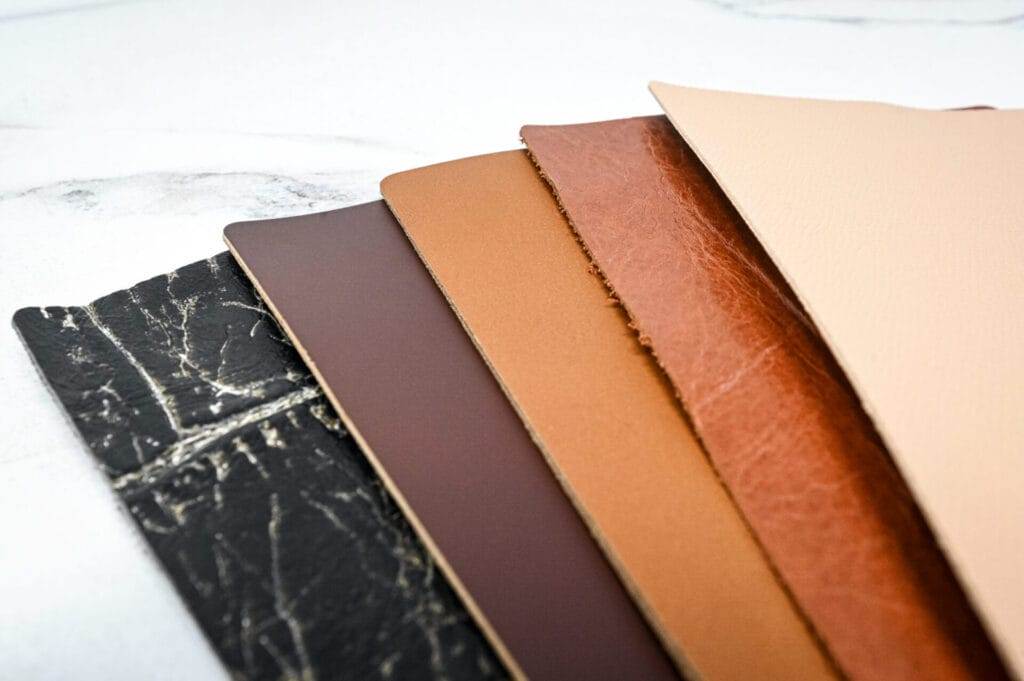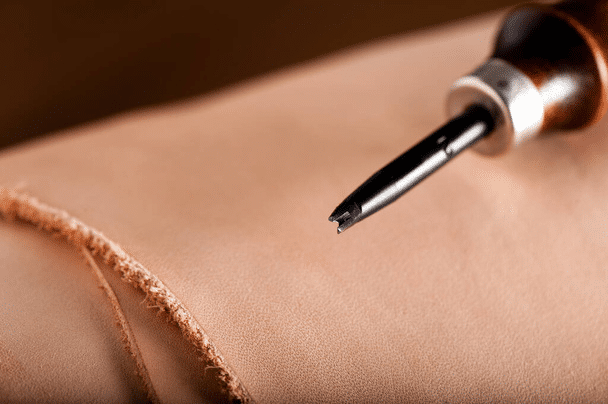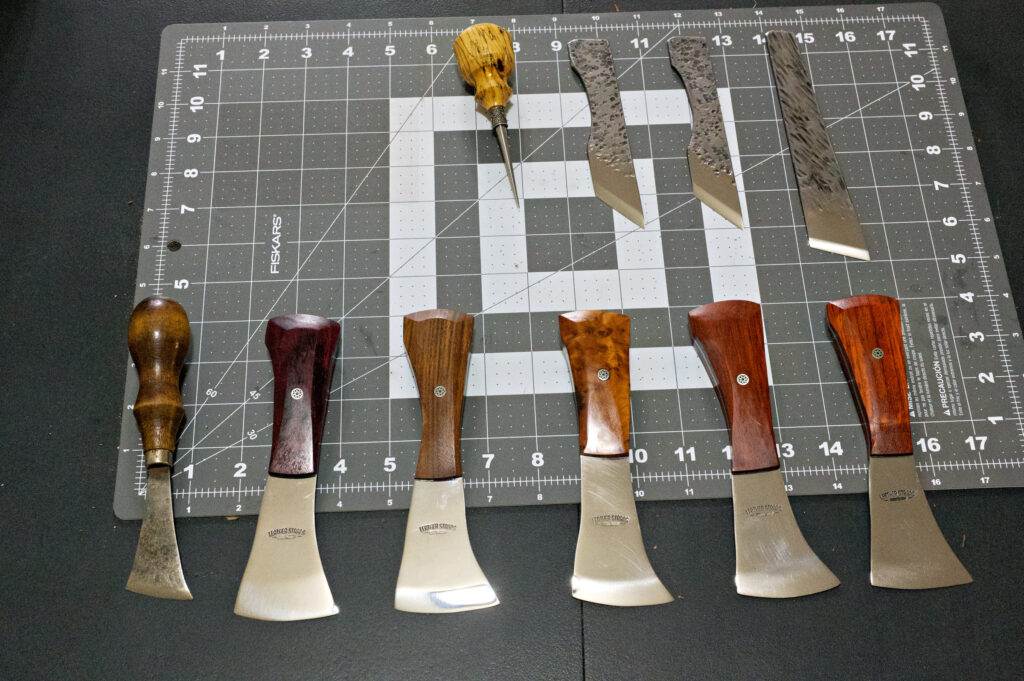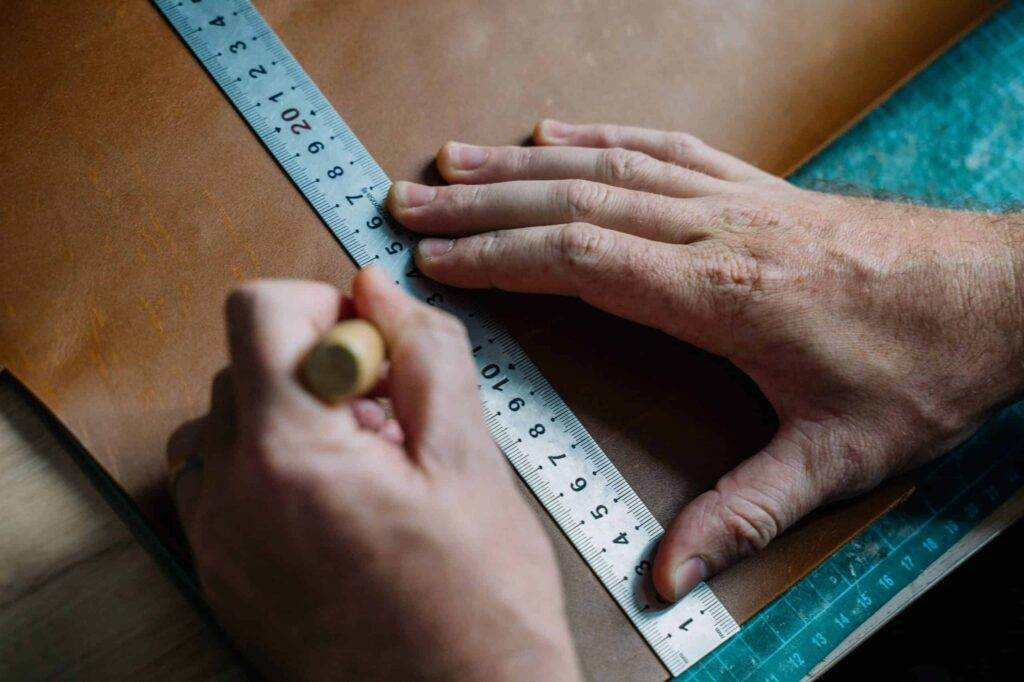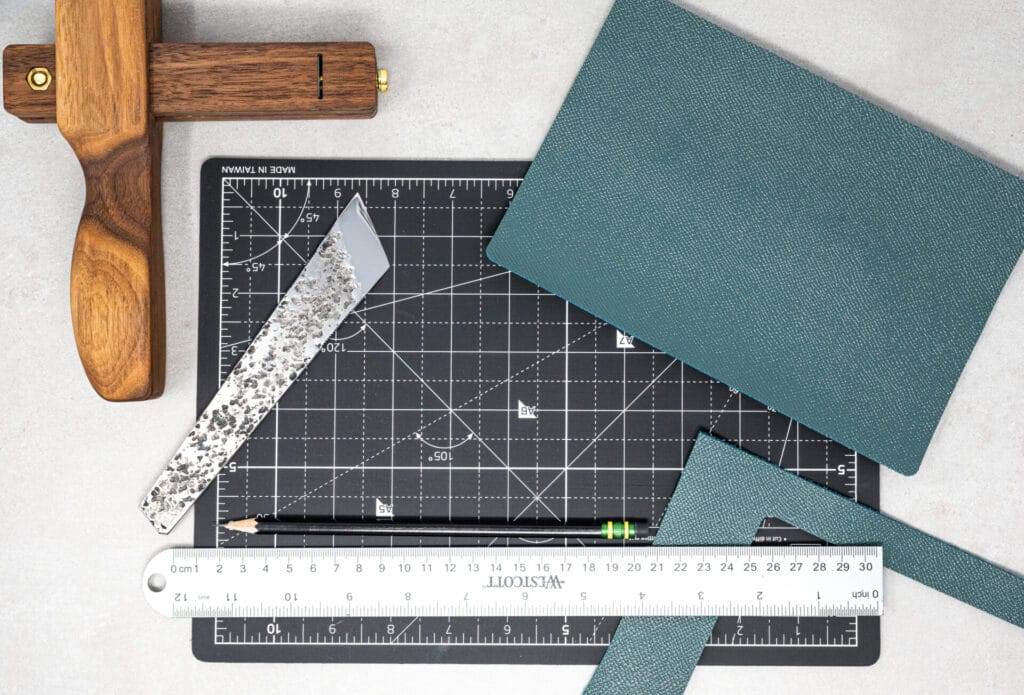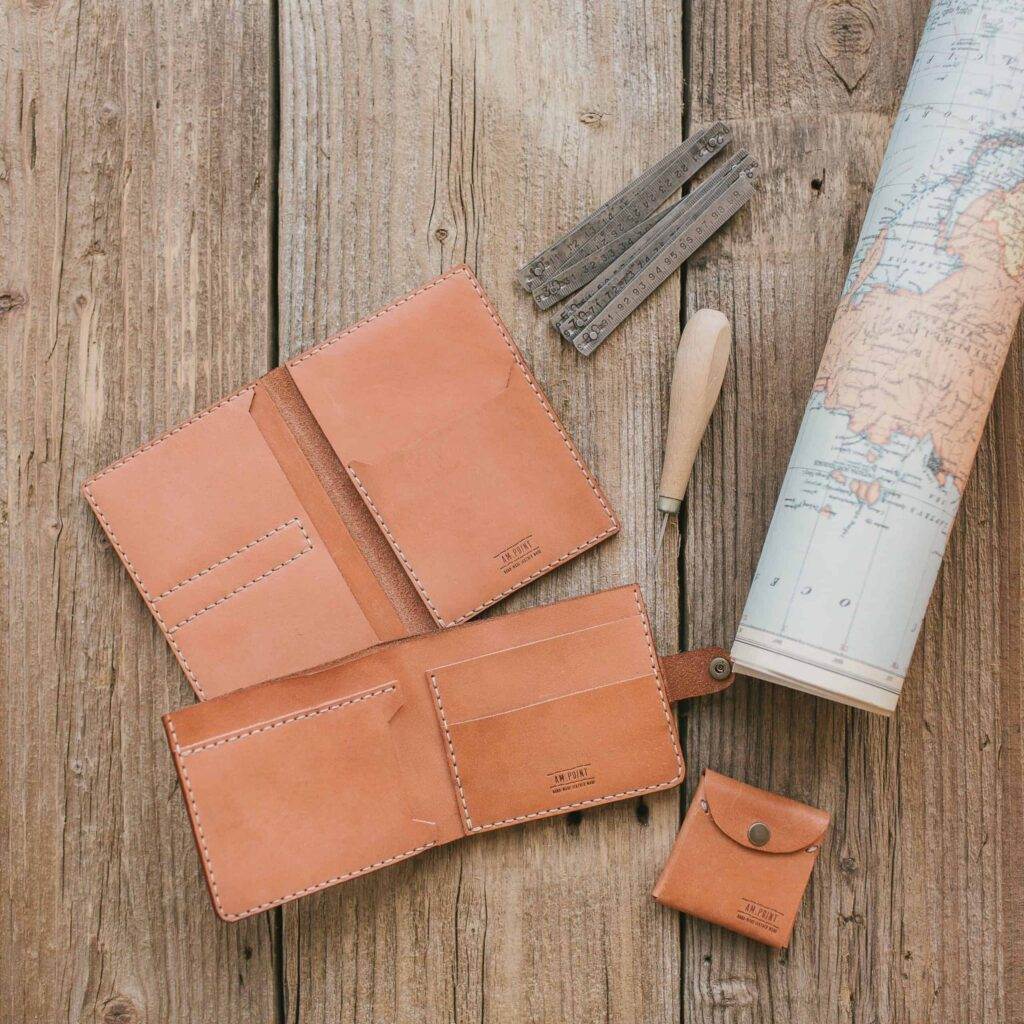Types of Leather for Leather Craft: A Comprehensive Guide to Choosing and Using Leather for Your Craft Projects
Welcome to the world of leather crafting! This article serves as your comprehensive guide to leather types and its utilization in various craft projects. Understanding the individual characteristics of different types of leather, from tanned leather to full grain leather or suede, is a crucial part of mastering the art of leather crafting.
Our goal is to equip you with all the knowledge you need to make an informed choice when selecting leather for your projects. Whether you’re fashioning bags, clothing, or other leather goods, knowing the difference between cowhide and sheepskin, or chrome tanned and vegetable tanned leather can greatly influence the final outcome of your project.
Dive into this guide to explore the world of leather and elevate your leather crafting skills to new heights.
Understanding Leather Types
When diving into the realm of leather crafting, it’s crucial to understand the different leather types. Two main categories define this diverse material – tanned and untanned leather.
Tanned leather
The most common type used in leatherwork. This category includes leather like veg tanned leather, chrome tanned leather, and oil tanned leather. Each carries unique properties and applications.
Untanned leather
On the other hand, untainted leather is rawhide. It retains its natural state; it’s tougher, but less flexible.
Vegetable tanned, or veg tan leather, is created using organic materials, resulting in a durable and flexible leather perfect for tooling or carving. Chrome tanned leather is treated with chromium salts, making it soft and pliable for items such as clothing or upholstery. Oil tanned leather is treated with oils to create a water-resistant, heavy-duty leather used in outdoor gear and footwear.
Understanding these leather types and their properties is the first step towards selecting the perfect leather hide for your leather projects.
Grades of Leather
Deciphering the grades of leather is a crucial step in choosing the perfect material for your craft projects. Leather grades have a significant impact on the final product, affecting both its quality and durability.
Full Grain Leather
This is considered the highest quality leather. It retains all layers of the hide, making it thicker and stronger. Full grain leathers showcase the hide’s natural grain and imperfections, adding to its unique charm.
Top Grain Leather
It’s a step down from full grain, but still retains high quality. Top grain leather has its surface sanded and refinished to remove imperfections, resulting in a smoother, more consistent appearance.
Split Leather
This is the lower part of the hide, separated from the top grain. Split leather is less durable, but its affordability makes it a popular choice for large projects.
Understanding these differences helps in wisely choosing the leather grade that suits your project needs. While full grain leather might be perfect for a rugged, heavy-duty belt, split leather might be a better choice for a decorative wall hanging.
Different Types of Leather
Navigating the world of leather can be complex with its myriad types, each with its unique features and uses. Let’s delve into understanding some popular ones.
Cowhide Leather
Derived from the skin of cows, it’s known for durability and toughness. It’s commonly used in crafting projects like belts and wallets due to its resistance to wear and tear.
Sheepskin Leather
Prized for softness, flexibility, and lightweight properties, it’s a popular choice for clothing, bookbinding, and upholstery.
Buffalo Leather
A thicker leather that’s both resilient and pliable, perfect for making floor rugs and heavy-duty items like saddles.
When selecting leather, consider the project requirements and match them with the qualities of these leathers. Whether it’s the robust cowhide, the supple sheepskin, or the sturdy buffalo leather, each type lends itself to different creative applications.
Finishes and Treatments
Leather crafting is an art that involves more than just the selection of leather. Various finishes and treatments greatly influence the final appearance and durability of your leather crafts. For instance, leather can undergo treatments such as aniline, semi-aniline, or pigmented processes, resulting in different aesthetics and finishes.
Aniline Leather
Treated with soluble dyes, preserving the hide’s natural surface with its unique markings intact. It’s known for its premium look and soft feel.
Semi-Aniline Leather
Goes through a similar process but with the addition of a protective topcoat, enhancing durability while still maintaining natural aesthetics.
Pigmented Leather
Coated with an opaque finish, which provides maximum durability and resistance to wear and tear, but at the expense of the natural leather look and feel.
Other popular finishes include waxed, metallic, and embossed leather, each lending a unique texture and visual appeal to your leather craft. Your choice of finish will depend on the intended use of the craft, desired durability, and personal aesthetic preference.
Caring for Leather
Just like a classic car or a vintage wine, leather also needs tender loving care. With the right maintenance, your leather crafts can stay as good as new for a long time.
Cleaning Leather
Avoid using harsh detergents as they can strip the leather of its natural oils. Instead, opt for a mild soap or a specialized leather cleaner.
Conditioning
Essential for keeping leather supple and preventing it from drying out and cracking. Use a quality leather conditioner every few months to preserve the feel and look of the leather.
Storing Leather
Keep leather in a cool, dry place away from direct sunlight or heat sources that could cause the leather to dry out.
There are many tools and products that can help with leather care. These include cleaning cloths, brushes, conditioners, and waterproofing sprays. Remember, a well-maintained piece of leather is not only beautiful but also durable, standing the test of time.
Getting Started with Leather Crafting
Embarking on your leatherworking journey may seem daunting, but with the right guidance, you’ll be creating beautiful leather products in no time. It all starts with understanding the basic tools and techniques of the trade.
Tools
An essential toolkit should include a leather hole punch, scissors, a rotary cutter, and a stitching awl. A gluing leather adhesive is also a must-have.
Materials
Start with a scrap leather piece to practice without wasting precious material. You could experiment with cow leather or sheep leather as these are beginner-friendly options.
Techniques
Fundamental skills include stitching, edge finishing, and learning how to create patterns. You could also try your hand at wheel throwing if you’re feeling ambitious!
Remember, practice makes perfect. Don’t be discouraged by initial hiccups. Leather crafting is as much about patience and resilience as it is about skill and creativity.
Conclusion
In this comprehensive exploration, we’ve journeyed through the fascinating world of leather crafting. We’ve studied the varied types of leather, from cowhide to buffalo, and understood their unique characteristics. We’ve delved into leather grades and shed light on how it impacts the outcome of your crafting projects.
We’ve comprehended how different finishes and treatments alter the appearance and durability of your leatherworks. We’ve gathered crucial knowledge on how to care for leather correctly, ensuring your projects stand the test of time.
And finally, we’ve equipped you with the basics of starting your journey in leather crafting. From stitching to tooling, we’ve laid down a firm foundation for you to build upon.
We urge you to embrace the versatility and durability of leather and explore its potential in creative applications from pottery to ceramics. Leather, as we’ve discovered, is much more than just a material, it’s a world of opportunities waiting for you to craft!

